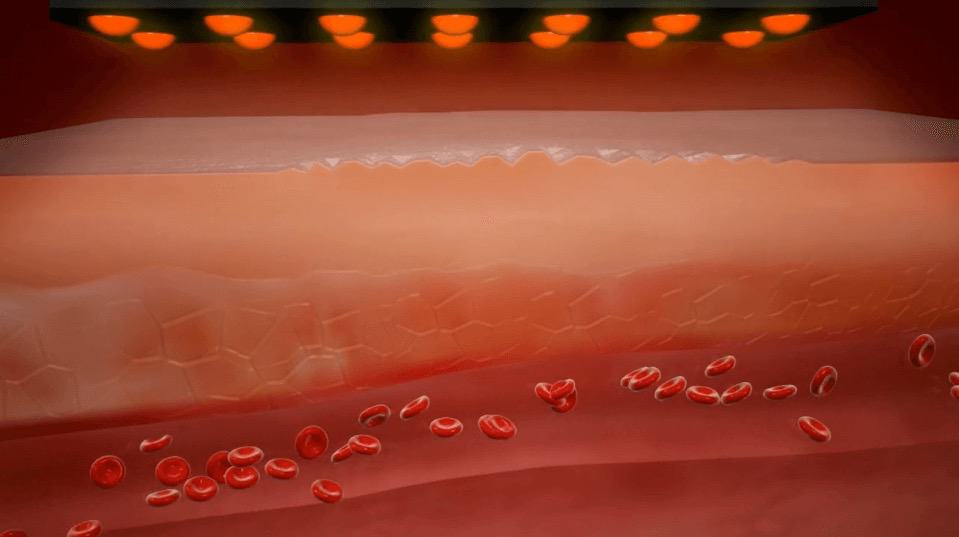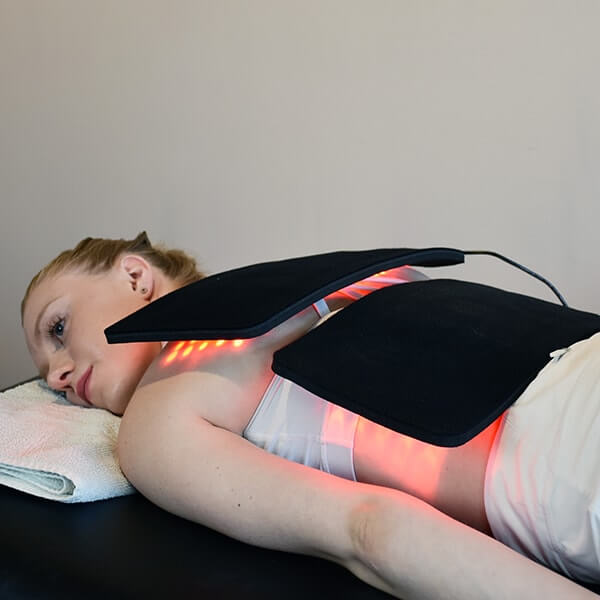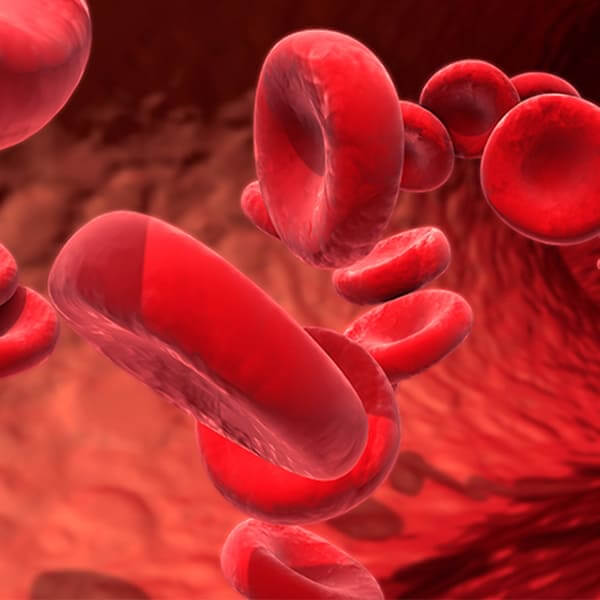Medically reviewed by Karen Wolters, RN and Joanna Fearnley, LPN

HealthLight produces products that have multiple colors: blue, red, and infrared. Why do we use different wavelengths? Two main reasons: depth of penetration and different biological effects.
What is Blue Light?
Blue light is a high-energy, short-wavelength light that falls within the visible light spectrum. It is naturally present in sunlight, and electronic devices such as smartphones, tablets, and computer screens also emit significant amounts of blue light. While exposure to blue light during the day can have positive effects on our mood, attention, and cognitive performance, excessive exposure to blue light, especially in the evening or at night, can disrupt our sleep patterns and overall well-being.
Research suggests that blue light exposure in the evening can suppress the production of melatonin, a hormone that regulates sleep-wake cycles. This suppression can lead to difficulties falling asleep, insomnia, and a disrupted circadian rhythm. To mitigate the potential negative effects of blue light, several strategies have been employed, such as reducing screen time before bed, using blue light filters or glasses, and adjusting the lighting in our living spaces to warmer tones during nighttime.
Researchers have found that blue light wavelengths within the visible light spectrum (especially wavelengths between 400 and 470 nm) are intrinsically antimicrobial and do not require additional exogenous photosensitizers to exert an antimicrobial effect. These wavelengths within can photodynamically inactivate the cells of a wide spectrum of bacteria (Gram positive and negative) and fungi. Blue light shows great promise as a novel decontamination strategy for the nosocomial environment, as well as additional wider decontamination applications (e.g., wound closure during surgery). Blue light leads to energy transfer and the production of highly cytotoxic reactive oxygen species (ROS), primarily singlet oxygen (O2) (1). 470nm light was also effective on both P. aeruginosa and S. aureus., but not as effective on S. aureus (2).
Red Light vs Blue Light
Red light, on the other hand, is characterized by longer wavelengths and lower energy compared to blue light. It is commonly associated with warmth, relaxation, and a soothing ambiance. Red light therapy, also known as photobiomodulation, is a therapeutic technique that utilizes red or near-infrared light to stimulate various cellular processes in the body.
Red light therapy pads have gained popularity in recent years due to its potential benefits for skin health, wound healing, pain relief, and muscle recovery. It is believed to penetrate the skin and interact with cells, promoting the production of ATP (adenosine triphosphate), which provides energy to cells for various functions. Additionally, red light therapy may improve collagen production, reduce inflammation, and enhance blood circulation in the treated areas.
Infrared Light Therapy
According to Yadav & Gupta, there is some evidence that light can be used to promote repair in various musculoskeletal conditions. Pain and function improvements were enhanced when light was combined with conventional therapy (heat, electrical stimulation, friction massage and stretching) and applied two times weekly for four weeks. They recently published a case study demonstrating a very good clinical outcome in a patient with peripheral neuropathy. They treated this patient three times weekly for six weeks using near-IR (850nm) energy applied to the lumbosacral junction, the ankles and plantar surfaces of the feet. They saw significant improvements in sensation and function. They have also found that combining near-IR (850nm) with red light can improve the level of inhibition obtained (3).
One of the most dramatic aspects of light therapy is its triggering of the release of nitric oxide. Nitric oxide is the body’s natural vasodilator – it widens the blood vessels and capillaries. After just 20 minutes of light therapy, blood flow is increased to nerves and other tissues, and this boost in local circulation lasts for several hours. Nitric oxide is also a messenger molecule that triggers healing processes in the body. By increasing the production of nitric oxide, infrared and red light therapy increases circulation, speeds healing and relieves pain.
To learn more about light therapy, watch Dr. Burke speak about the benefits below:
- Antibacterial Activity of Blue Light against Nosocomial Wound Pathogens Growing Planktonically and as Mature Biofilms
- Using Visible and Near-IR Light to Facilitate Photobiomodulation: A Review of Current Research
- Noninvasive red and near‐infrared wavelength‐induced photobiomodulation: promoting impaired cutaneous wound healing
Start Your Pain Relief Journey Today
Contact us now and speak with a light therapy expert. They are here to help you find relief at home with soothing red light therapy.





